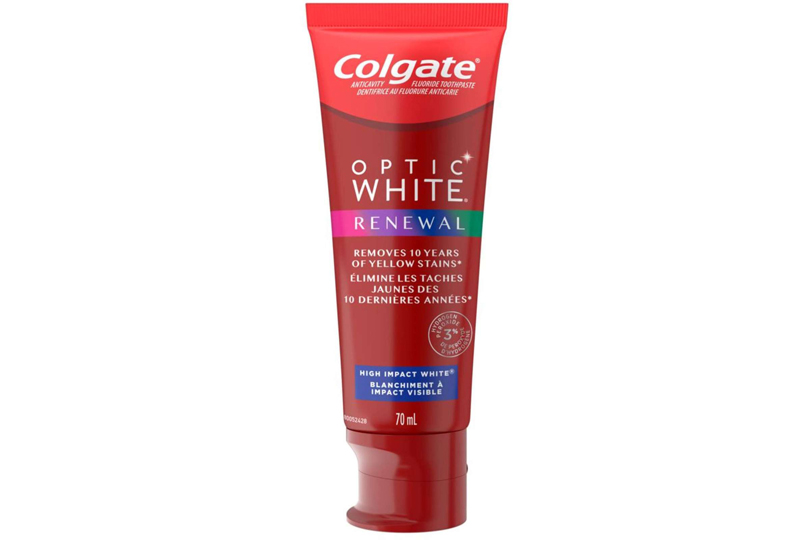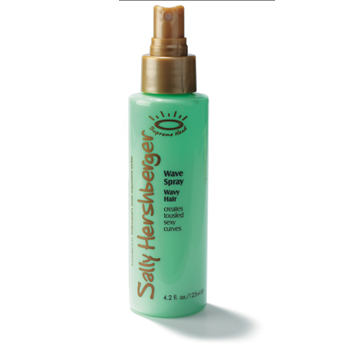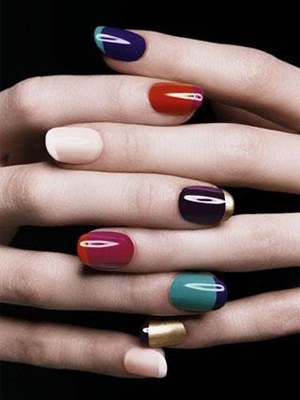By Alison McGill
The latest cover of GQ magazine caught my attention for a few reasons. The first hook was dreamy Paul Mescal styled in full Gladiator II magnificence complete Gucci leather hotpants (*sigh*, those thighs). The second was the coverline in the top left corner: “Why is everyone getting veneers.”
The quest for a flawless, mega-watt grin is not new, but it has reached fever pitch in recent years. Want a brighter smile and wondering what the best tooth whitening route is for you? From at home care and products, to a professional regime of treatments in your dentist’s chair, and ultimately veneers, there are many options to choose from. The one you pick will depend on a couple of factors: your tooth sensitivity and your budget.
To get the skinny on what tooth whitening regime will work best for you, we spoke with Dr. Mandeep Johal, a Guelph-Ontario based dentist in private practice, who enlightened us about everything we’ve been wondering about tooth whitening in 2024.
If you are looking to step up your home care, what are the latest tooth whitening innovations?
“The great news with at-home tooth whitening products is new technology has made the process more effective and user friendly,” Johal explains. “The key ingredient to look for in whitening products is hydrogen peroxide, known for its effective whitening properties. Products vary in concentration, but a 3% hydrogen peroxide formula is a safe and effective choice for at-home use. One product I love and recommend to patients is Colgate’s Optic White Renewal Toothpaste ($10 at shoppersdrugmart.ca). It contains 3% hydrogen peroxide, which not only removes surface stains but promises to remove up to 10 years of yellow stains when used twice daily for four weeks.
Johal also suggests checking out whitening gels and over-the-counter strips or pens offering higher concentrations of hydrogen peroxide. “Gels typically have concentrations ranging from 10% to 22% and can be applied day or night, usually taking about a week to see full results. These products can help remove stains caused by coffee, red wine, smoking, and aging.”

Are the next generation of tooth whitening products safe for those of us with sensitivity issues?
“This is a concern for many when it comes to whitening products, but advancements in product formulations have significantly reduced this issue,” Johal shares. “Sensitivity is more common with higher concentrations of hydrogen peroxide, particularly in professional-grade gels because the peroxide can penetrate the enamel and irritate the nerves.”
To minimize any discomfort, Johal recommends using a sensitivity toothpaste for two weeks before starting a whitening regimen. “Most at-home whitening kits and toothpastes include ingredients like fluoride and xylitol to help with sensitivity, making them more tolerable for those with sensitive teeth,” she shares.
If you want to take tooth whitening to the next level, what’s the best professional option?
“There are actually several trending treatments available,” Johal reports. “Popular in-office whitening procedures use hydrogen peroxide or carbamide peroxide at concentrations which are significantly higher than over-the-counter products, often ranging from 25% to 40%. Due to the potency of these agents, a protective barrier is applied to your gums to prevent irritation.”
Johal says these treatments are typically completed in one or two appointments, each lasting 60 to 90 minutes. “I always advise patients to consult with their dentist before starting any whitening regimen to ensure their teeth and gums are disease-free and stain-free, as some stubborn stains may require professional cleaning. The cost of professional whitening can range from $300 to $1,000 depending on the method and the number of sessions required.”
Your thoughts on veneers?
“Veneers have become a huge trend, thanks in part to celebrities and social media,” Johal reports. “Veneers are thin, custom-made shells designed to cover the front surface of teeth, typically made from porcelain or composite resin. They are used to improve the appearance of teeth that are discolored, chipped, misshapen, or slightly misaligned. However, not everyone is a good candidate for veneers. Those with severe gum problems, such as gum disease, should avoid veneers as they can exacerbate sensitivity and discomfort, and increase the risk of infection.”
How long does the process of getting veneers take? According to Johal, count on at least three weeks, and three separate visits to your dentist, with each visit clocking in at about four hours in the chair. “Veneers require the same level of care as natural enamel, including daily brushing and flossing, and can last up to 15 years when properly looked after. The cost of veneers can vary widely, ranging from $800 to $2,500 per tooth, depending on the material used and the dentist’s expertise.”
Can teeth ever be too white?
“In my opinion, yes, teeth can look unnatural if they are overly white,” Johal says. “Think Ross on Friends after his infamous whitening mishap! For an aesthetically pleasing smile, the whiteness of your teeth should ideally match the whites of your eyes. Remember, real teeth are never perfectly white, and that’s perfectly fine!”











